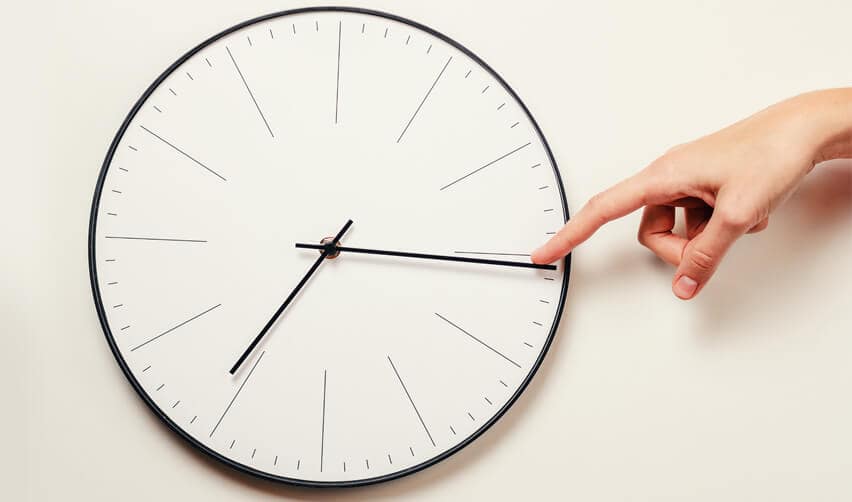The first step in your journey to attaining a green card through the EB-5 program is filing an I-526 petition. After that, you must wait for it to be adjudicated by United States Citizenship and Immigration Services (USCIS).
The EB-5 visa is one of the fastest and easiest ways for a foreign national to become a permanent resident of the United States. But you may still confront delays and frustrations during the process.
Some of these issues are preventable; others are not.
Part of the reason is that the EB-5 program is complex. Even if two petitions are for investments in the same project, they will each be unique, and that may require a different process and result in a shorter or longer timeline for adjudication.
Here are just a few of the issues that can affect your I-526 petition’s processing time.
Your Funding Source
You are required to provide proof that your funding comes from legal sources. In some cases, you may have to show evidence of multiple funding sources, such as donations or income for a business.
Sometimes, these sources will be easy to document. Other times, it may be harder to provide this evidence. The more complex your funding sources are, the more likely it will increase your processing time.
Your Specific Adjudicator
Your petitions will be assigned to an EB-5 adjudicator. While all adjudicators follow the same laws and guidelines, each individual may have different processes and ways of approaching the petitions. As a result, some adjudicators are faster than others.
Your Country
Until recently, petitions were processed in the order they were received. At the end of March 2020, however, USCIS changed their approach. Now petitions are prioritized based on the immediate availability of visas for the applicant’s country.
In particular, Chinese investors are currently the most likely to be affected by this issue and see a longer waiting time as a result.
Errors in Your Petition
This is the issue you have the greatest control over. If your I-526 petition is submitted with incomplete or incorrect information, you may receive a Request for Evidence (RFE), Notice of Intent to Deny (NOID), or an outright denial.
In the case of an RFE, you may have simply failed to include certain required documentation, such as a copy of a business license or passport. Or it may be more involved, such as needing to provide further evidence of the legal sources of your investment funds.
A NOID is issued when the adjudicator believes there is a fundamental problem with your petition, such as failing to meet eligibility requirements for an EB-5 visa. However, it still gives you a chance to defend yourself before you receive the final adjudication.
What Can You Do to Prevent Processing Delays for Your EB-5 Visa?
As mentioned above, many delays in the process are out of your control. However, there are several actions you can take to improve your chances at a speedy adjudication of your I-526 petition.
- Hire an immigration attorney who has experience with EB-5 visas specifically. He or she can help you determine the best way to fund your investment.
- Consider which family member is best to list as the principal investor on the petition. For example, perhaps you are from a country experiencing backlogs, but your spouse is not. If you list your spouse as the principal investor, your petition will be processed quicker.
- Check and double-check your I-526 petition with the help of your immigration attorney. If you uncover errors and incomplete information, you can prevent minor problems from slowing down your adjudication.
By following these three steps, you can rest assured that you did all you could to prevent delays in your processing time and reach your final goal of attaining an EB-5 green card faster.







